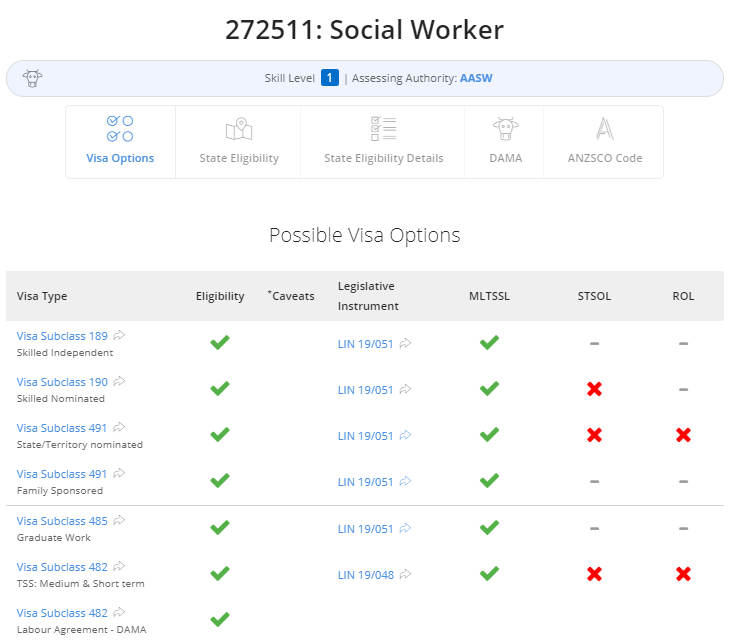
There are numerous uses for Excel in the workplace, from analysis of financial data to forecasting. The tools are also useful in non-numerical fields, such as teaching and forecasting. These examples will give an overview of Excel's use in your job. You should also share your knowledge of Excel with your interviewer.
Excel is a great tool for analysing financial data
Excel is an extremely useful tool in the finance industry for analysing financial data. Excel is used by financial experts to analyze large quantities of data to help them improve their portfolios and better understand the financial markets. These experts work with complex financial models and large data sets, and often have tight deadlines. Excel proficiency is essential. This means learning the appropriate shortcuts and operations, and knowing how to manage an unlimited number of Excel files.
Excel is a powerful spreadsheet program that has a wide range of functions that help you to quickly analyse financial data. Excel provides over four hundred functions. All of them should be simple and intuitive. The majority of people only require a small number of them.

It can be used for other than numerical applications
Excel allows you to format data in text. This is one way to use Excel for other non-numerical applications. When data is formatted as text, it retains its formatting even when Excel converts it to the default format. If you have to display a date in Excel you can format it as a text file to prevent it changing to the default format. To avoid Excel removing zeros from numerical data, you can also make it text.
It's a wonderful tool for teachers
Excel's flexibility is a benefit to teachers. Excel can be used to create many types of documents and presentations. It can be used by teachers to create student portfolios. Portfolios can be made in several ways, including spreadsheets and online forms. The students will need to enter their information. After that, the file will be automatically compiled in Sheets.
Excel is now a key tool in the business world. Both teachers and entrepreneurs use it. According to estimates, 80 percent require knowledge of word processing and spreadsheets. But despite its popularity, many people don't use it because they think it's too difficult or intimidating.
It's a powerful tool for forecasting
Forecasting is a very important function in business, and Excel is an excellent tool for developing forecasts. Excel can produce forecasts based on simple counts, ratios, or even complex models. It is also useful for developing forecasts for individual projects, locations, and business units. Excel's native functions make it easy to combine multiple forecasts or use VBA code in Excel to combine them. The consolidated data can then be used to feed into the next steps.

Excel's forecast sheet includes both the original and predicted values as well as a chart. It also includes the forecast confidence range, which indicates how likely the forecasted values will be accurate. You can also see the formulas used to calculate the forecasts, including the Exponential smoothing Forecast formula. You can choose the start date from the date picker or type it directly in the box. If the data is seasonal, the start date must be before the last historical point.